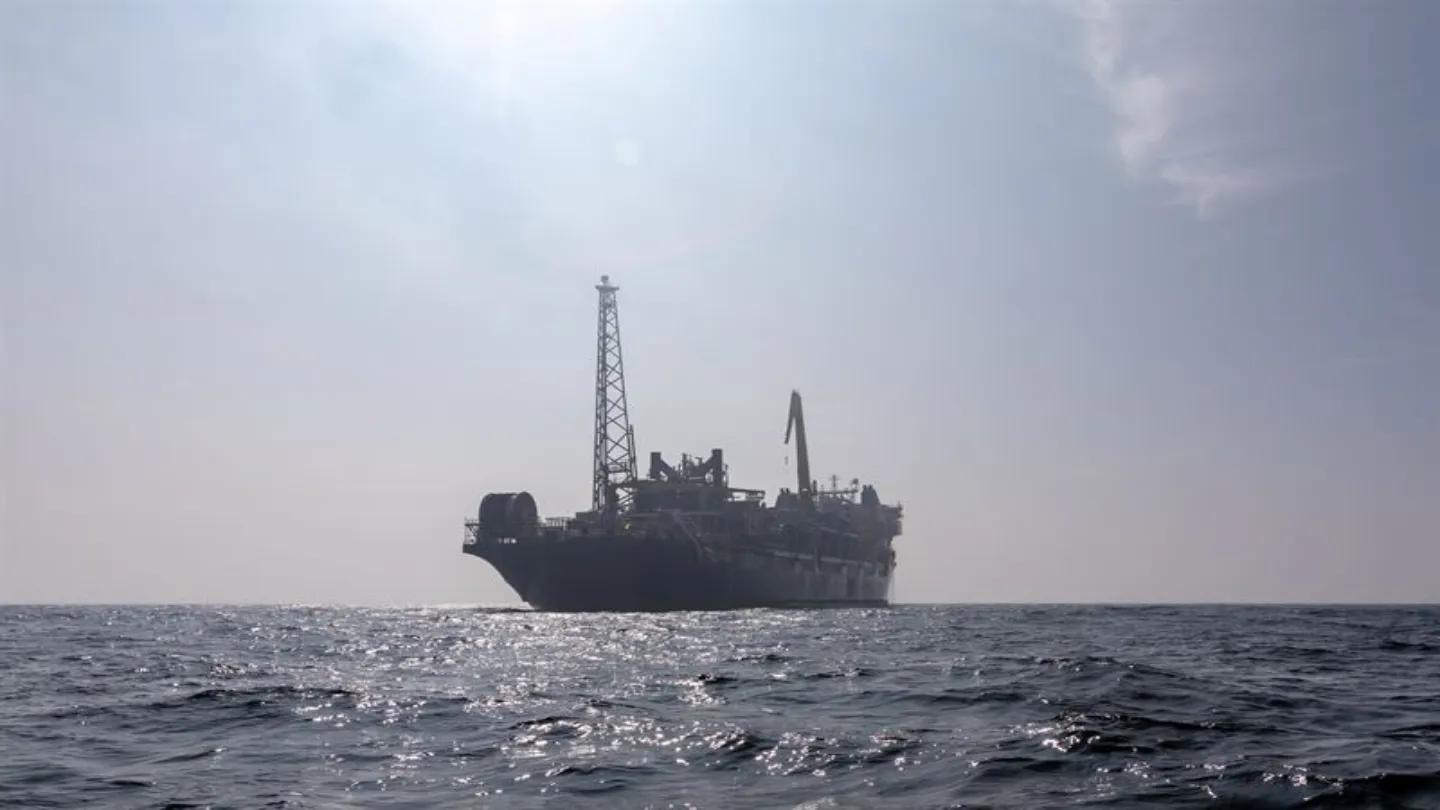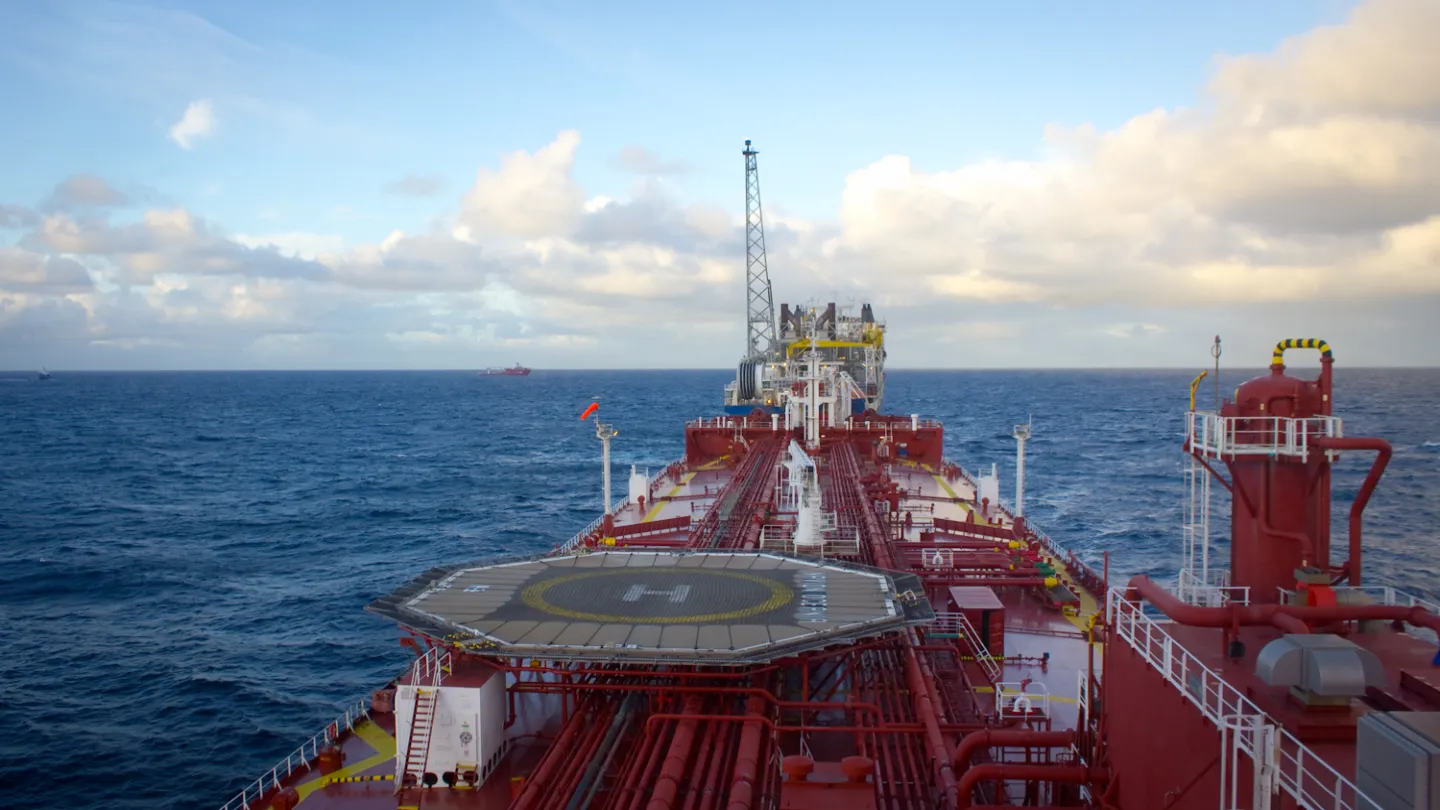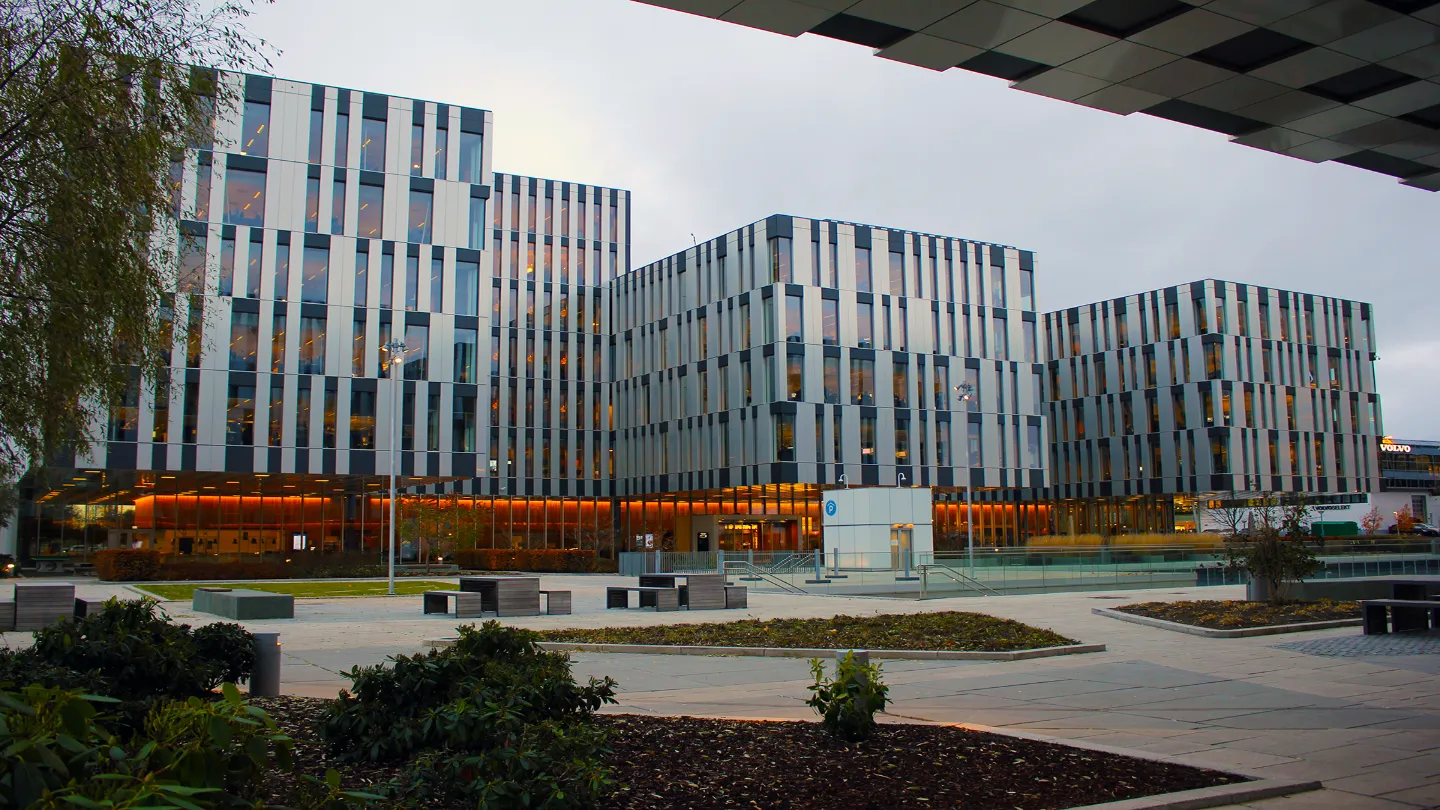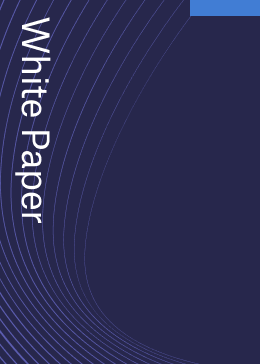Bøyla Field is a mature oil producing field located in production licence (PL) 340, block 24/9, in the central part of the North Sea.
The offshore asset lies at a water depth of 120m, around 15km southwest of the Volund field and approximately 28km south of the Alvheim field.
It is operated by Aker BP.
Bøyla field was discovered in 2009. The Plan for Development and Operation (PDO) for the offshore field was approved by the Norwegian Ministry of Petroleum and Energy in October 2012.
It produced first oil in January 2015. The development of the field entailed a total investment of around NOK5bn ($805m).
Ownership
In 2012, when the PDO for Bøyla field was submitted, the asset was owned by Marathon Oil (65%, operator) and ConocoPhillips Skandinavia (20%) and Lundin Petroleum (15%).
Marathon Oil sold its Norwegian business to Det Norske Oljeselskap for nearly $2.7bn in 2014.
In 2016, Det Norske Oljeselskap and BP created an independent oil and gas company called Aker BP by merging their assets and expertise in Norwegian exploration and production operations.
Subsequently, Aker BP acquired Lundin Energy’s E&P business in July 2022. As a result of the deals, Lundin Energy Norway became a fully owned subsidiary of Aker BP and eventually merged with the parent company.
The series of transactions made Aker BP the operator of the Bøyla field with 80% stake. The remaining 20% holding was with Vår Energi.
In November 2024, Vår Energi completed the sale of its 20% interest in the Bøyla field to Norwegian Continental Shelf (NCS)- focused oil company Concedo for $24m.
Discovery, Geology and Reserves
Bøyla Field was discovered in 2009 by the then operator Marathon Petroleum Norge. It drilled wildcat well 24/9-9 S and appraisal wells 24/9-9 A and 24/9-9 B, all of which proved oil.
Initially, the discovery was named Marihøne A.
Wildcat well 24/9-9 S in the Vana Sub-basin encountered a 31.4m oil column in a well-developed sandstone reservoir in the Hermod formation.
Appraisal wells 24/9-9 A and 24/9-9 B encountered a 25.4m oil column and a 15m oil column in the Hermod formation, respectively.
Subsequent pilot and development wells have also confirmed oil water contact (OWC) across the field.
The sandstone in the Hermod Formation belongs to late Paleocene to early Eocene age. The reservoir, completely encased within Sele Formation, lies in a channelised submarine fan system at a depth of 2,100m.
Bøyla structure is defined as a flat low-relief Eocene turbidite fan deposit.
Initially, the Bøyla field was estimated to contain gross reserves of 23 million barrels of oil equivalent.
The recoverable volume estimates are now substantially higher than those outlined in the original Bøyla PDO, primarily due to production from the Frosk field within the same production licence.
Bøyla Field Development
The Bøyla field is tied-back to the Alvheim floating, production, storage and offloading (FPSO) vessel.
It includes a four-slot subsea template development with two long horizontal production wells and one deviated water injector.
In January 2015, Well M-01 BH delivered first oil and has been the main contributor since then.
The field produces using pressure support from water injection. It also requires gas lift to support flow in the wells.
The recovered hydrocarbons are transported through a 26km pipe-in-pipe flowline to the Kneler A subsea template, which is connected to the Alvheim FPSO.
At Alvheim FPSO, the oil is stabilised and stored before it is exported using shuttle tankers.
The gas is processed and then transported by pipeline from Alvheim FPSO to the Scottish Area Gas Evacuation (SAGE) pipeline on the UK continental shelf.
At peak, Bøyla field delivered approximately 20,000 barrels of oil equivalent per day (boepd).
Key Contracts
In January 2012, Aker Solutions won a NOK210m contract to supply the subsea production system for Bøyla project. This included engineering, procurement, construction and delivery of four subsea trees, four over-trawlable subsea structures and control systems.
Technip won a more than €300m contract in June 2012 to perform all activities necessary to complete the construction of the subsea system for the Bøyla development.
The scope of works included fabrication and reeled installation of a pipe-in-pipe production flowline, a plastic lined water injection flowline and a gas lift flowline; and fabrication and installation of rigid spools.
It also included the delivery flexible jumpers and umbilicals, apart from tie-in by divers, trenching, rockdumping, and other related works.
In October 2013, Technip subcontracted Reef Subsea Integrated Projects (RSIP) to deliver trenching services for the project.
Conductor Installation Services provided hammer services to install conductors and drive piles at the field.





